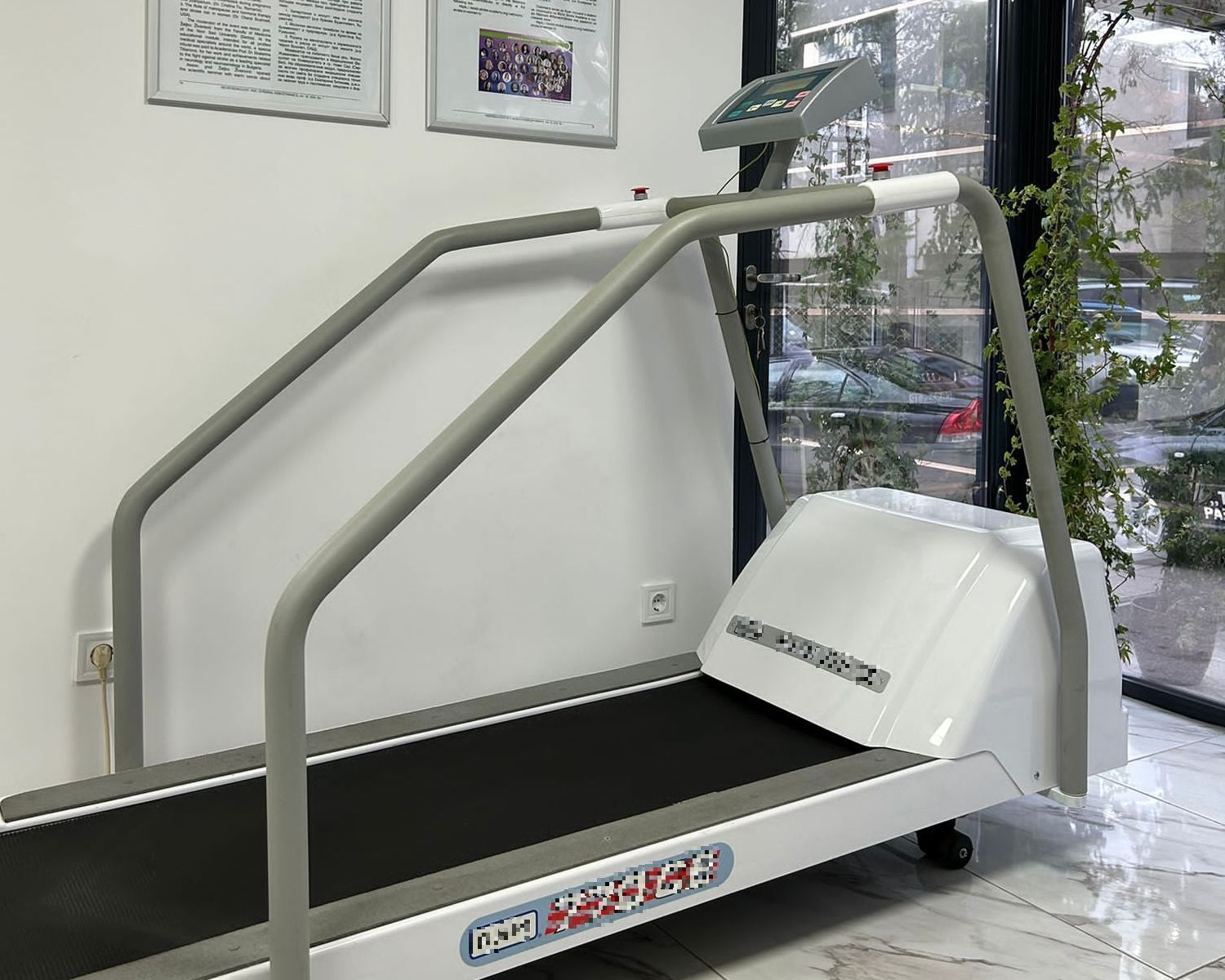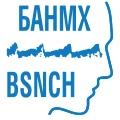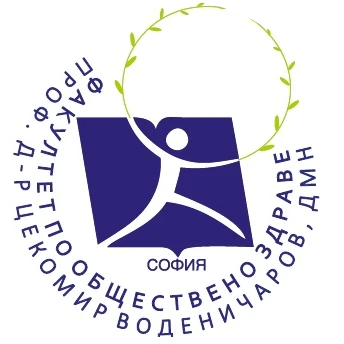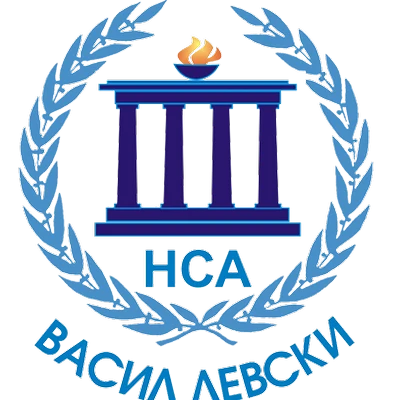Our medical treadmill is specially designed to support the rehabilitation process and in particular walking patients after damages of the central and peripheral nervous system. It is particularly suitable for use both in the field of neurology and in cardiac rehabilitation and orthopedics.
The treadmill is practically indestructible with its sturdy frame and base. It requires very low maintenance and provides the patient with comfortable and safe walking and running with its advanced construction.
Multiple programs are available that can be customized depending on the weight and physical condition of each patient completely individually. High load capacity according to user weight and quick emergency stop switch. Comfortable handles that the patient can hold on to provide complete stability. The trail starts from speed 0.1, not like the standard ones from 1.0. This allows the patient to take the important steps that are so necessary for him to walk independently. All this is a small part of the main characteristics of the medical path that Neuro Rehab Izgrev has at its disposal.
High-intensity treadmill training may reduce cardiovascular risk factors in stroke survivors, which in turn should lead to secondary prevention of future cardiovascular and cerebrovascular injuries.
Worldwide meta-analyses demonstrate improvement in walking ability and balance, which is a primary goal of gait rehabilitation in stroke survivors.
A scientific study conducted at one of the most successful active treatment hospitals in the US demonstrated a high improvement in gait in post-stroke patients using a medical walking/treadmill. The study included a group of patients who used the treadmill three times a week under the supervision of a physical therapist (rehabilitator) and another group of patients who only used specialized exercises. Gradually over time, in the first group, the intensity of the training was increased, increasing the speed and, in some patients, the incline of the treadmill.
After 6 months, patients in both groups were again tested for walking speed. Walking speed for patients in the treadmill group increased 51 percent, compared to about 11 percent faster for those in the non-treadmill group. Ground walking speed among the treadmill exercisers increased by 19 percent, compared to about 8 percent in the non-treadmill group. Treadmill exercisers were also significantly healthier at the end of the study.
Hoping to find evidence that enhanced brain activity was responsible for the results, the researchers analyzed the brain scans and found significantly increased metabolic activity in brainstem areas associated with walking among all the treadmill exercisers. Brain scans of patients in the other group showed no such changes.
“This suggests that the brain is responsible for the improvement we saw in the patients’ ability to walk. It appears that the brain activates other regions to take over the work of areas damaged by stroke,” says Andreas Luft, MD, a visiting researcher who worked on this study. Luft is currently an attending physician and professor of neurorehabilitation at the University of Zurich in Switzerland.
Patients with the greatest improvement in walking showed the greatest change in brain activity, although the researchers do not yet know whether these brain changes were caused by most of the walking, or whether the participants walked better because brain activity in these key areas was increased. This question remains the focus of future research.
Daniel Hanley, MD, professor of neurology at Johns Hopkins University School of Medicine, says that stroke patients are typically told that they “must learn to live with their disabilities,” unlike heart attack patients and others. who are often prescribed lifestyle changes and exercise programs to fully restore affected function. Most stroke rehabilitation programs focus on short-term improvement, ending only a few months after the patient has had a stroke. Consequently, in subsequent years, patients’ functional improvement stagnates and their motor activity often declines, a factor that may increase the chance of a second stroke. We believe that patients, regardless of what stage they are in after a stroke, should maintain a good form of their motor activity. In this way, they will reduce the damage caused by the immobilization and reduce the possibility of subsequent cerebrovascular damage.
“Many stroke survivors believe that there is nothing to be gained from further rehabilitation, but our results show that the health and functional benefits of treadmill walking can occur even decades after a stroke,” said Dr Mako, Professor of neurology at the University of Maryland Medical Center, noting that one patient in the study had significant improvement 20 years after having a stroke. “We believe that exercise gives people a way to combat the disability caused by stroke.”
We would like to send a message to people who have experienced a stroke, that expecting patients to spontaneously recover from a severe paresis is impossible without specialized intervention and multiple efforts not only by the specialists but also by themselves.
This research was organized by the University of Maryland Veterans Affairs Medical Center and FMRIs and performed at the F.M. Kirby Brain Imaging Research Center at Kennedy Krieger, a Johns Hopkins-affiliated research institute. It was funded by the US National Institutes on Aging, Claude D. Pepper Older American Independence Center, University of Maryland, US Department of Veterans Affairs, France-Merrick Foundation, Johns Hopkins University, The Eleanor Naylor Dana Charitable Trust and the Deutsche Forschungsgemeinschaft, a German research foundation supporting neurological research. The results of the study, published in Stroke: Journal of the American Heart Association, suggest that patients’ brains may retain their ability to rewire themselves through a treadmill exercise program months or years after conventional physical therapy and rehabilitation have ended.
We at NEURO REHAB IZGREV can help patients use such equipment after a stroke to learn to walk normally and smoothly. A specialized complex program is prepared with equipment combined with physical exercises. It will speed up rehabilitation and allow patients to avoid the altered gait of a stroke survivor, which the body has accepted as the new normal and unfortunately is seen in many patients.
The professional environment in a specialized structure is a factor that allows quality rehabilitation and successful step-by-step recovery of patients with various neurological diseases.
Petar Petrov – kinesitherapist in neurology and psychiatry
Kiril Pilyokov – kinesitherapist
Neurorehabilitation IZGREV Sofia










